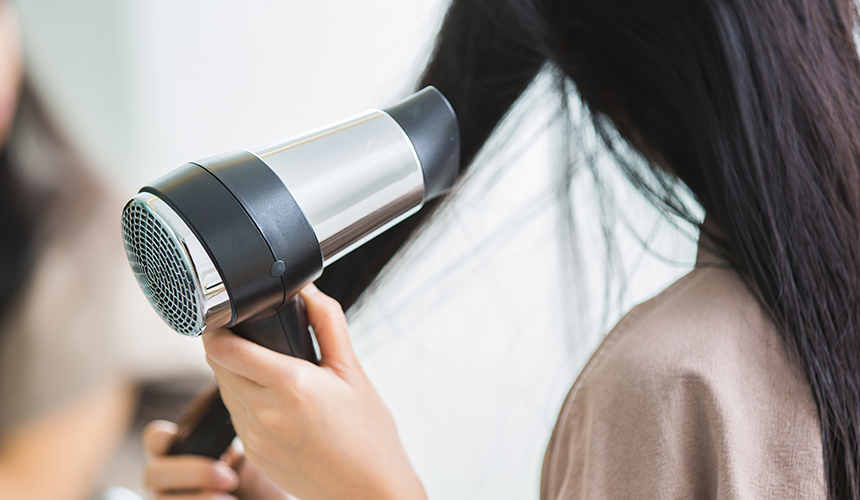Excessive Hair Shedding

What are the symptoms?
In telogen effluvium (excessive hair shedding) you will see an abnormal amount of hair fall on a daily basis. You may see this when you wash your hair, or brush and style it. You may even notice it on your pillow. If left untreated, TE can result in an overall loss of volume and the general feeling that you have less hair than you used to have. You may notice that your ponytail is thinner, and/or that it is harder to create bounce or fullness in your style.
What are the causes?
Telogen effluvium is triggered by an internal disturbance in your body. This disturbance may be short-term, such as a high fever or traumatic event; or long-term, such as a thyroid condition or dietary issue.
The good news is that telogen effluvium is a temporary hair loss condition. It almost always settles down once the underlying issue is found and resolved. In order to identify the cause of it in our patients, we usually recommend blood tests. This helps us check for nutritional deficiencies and other underlying health conditions.
Female & Male Pattern Hair Loss

What are the symptoms?
If you have pattern hair loss (androgenetic alopecia), this does not mean that your hair is falling out. Instead, it means that over time, your individual hairs are growing back thinner and thinner, causing you to have a reduced volume of hair overall.
- Your scalp may start to become more visible through your hair.
- Your parting may become wider.
- Women tend to see spread-out thinning around the temples and crown of the head.
- Men’s hairlines tend to recede from the front, as well as thinning around the temples and crown.
Androgenetic alopecia is a progressive condition, so the earlier you begin treatment, the more hair you are likely to keep. Our trichologist have a high success rate in improving and halting it (and sometimes even reversing it) using clinical products.
What are the causes?
Androgenetic alopecia is a genetic condition. 256 genetic regions are involved in the progress of AGA and it can be inherited from either parent and can occur at any time after puberty.
It is caused by a sensitivity in your hair follicles to a certain form of testosterone called dihydrotestosterone (DHT). Both men and women produce testosterone. However, the levels are higher in men, which is why androgenic thinning is usually more pronounced in men and usually starts at an earlier age.
Hair Breakage

What are the causes?
Traumatic alopecia (hair breakage) is a form of hair loss caused by breakage of the hair shaft as a result of trauma to the hair. The most common types of trauma are excessive heat and use of chemicals such as bleach, hair dyes and relaxers.
What are the symptoms?
- Hair damaged by heat and chemicals often has a very dull appearance.
- It loses its natural bounce and lustre.
- The ends of the hair can look frazzled, wiry and distorted, especially if the hair has been stretched or pulled tight using thermal tools.
- It typically doesn’t retain a curl or style well.
- It will probably feel dry and dehydrated.
The good news is, your hair grows around half an inch per month, so damaged areas will grow out. Regular trims can ward off split ends, and heat-protection products can help stop the condition from recurring and/or worsening. Also, try limiting your use of heat and chemicals to give your hair time to recover. In order to help fast-track your hair back to better condition, use a hair mask twice a week.
When to see a Trichologist?
If you are concerned about hair loss and/or your scalp, we are here to help. You can book in a complimentary consultation. During this 60-minute consultation, we will examine your hair and scalp, take a detailed history and prescribe a treatment plan.

